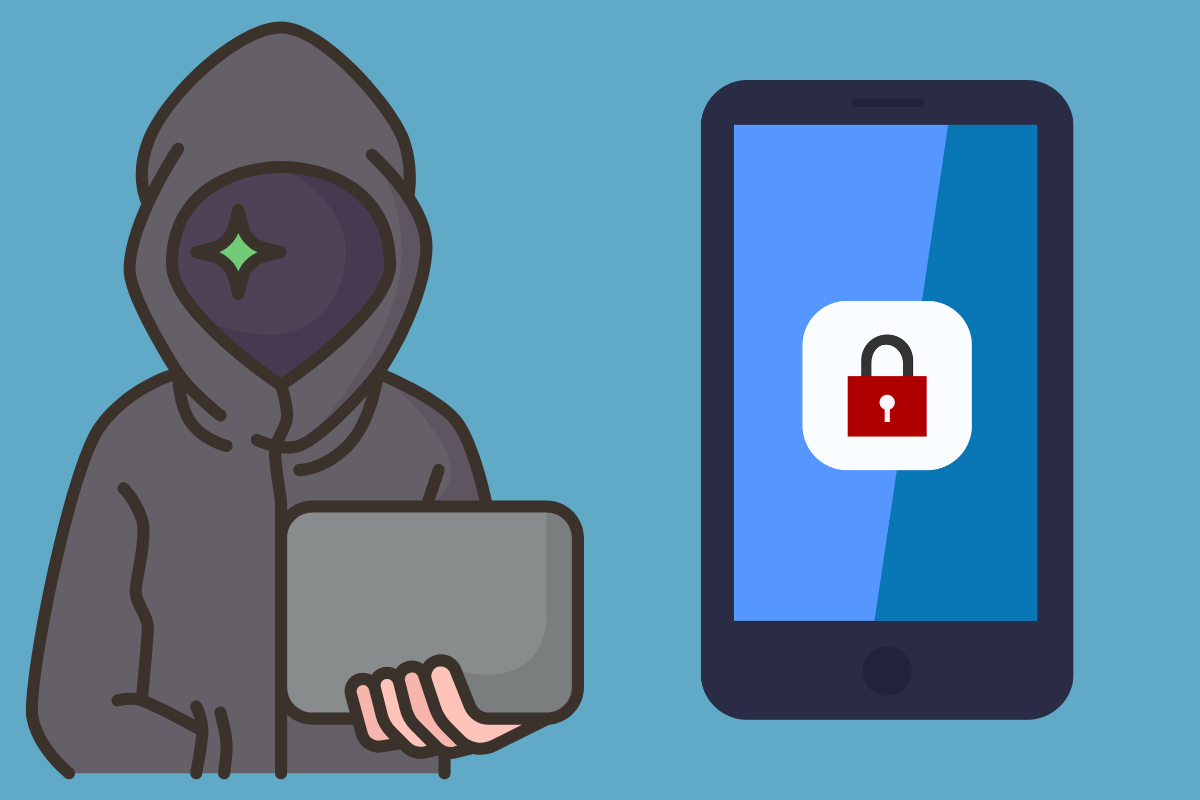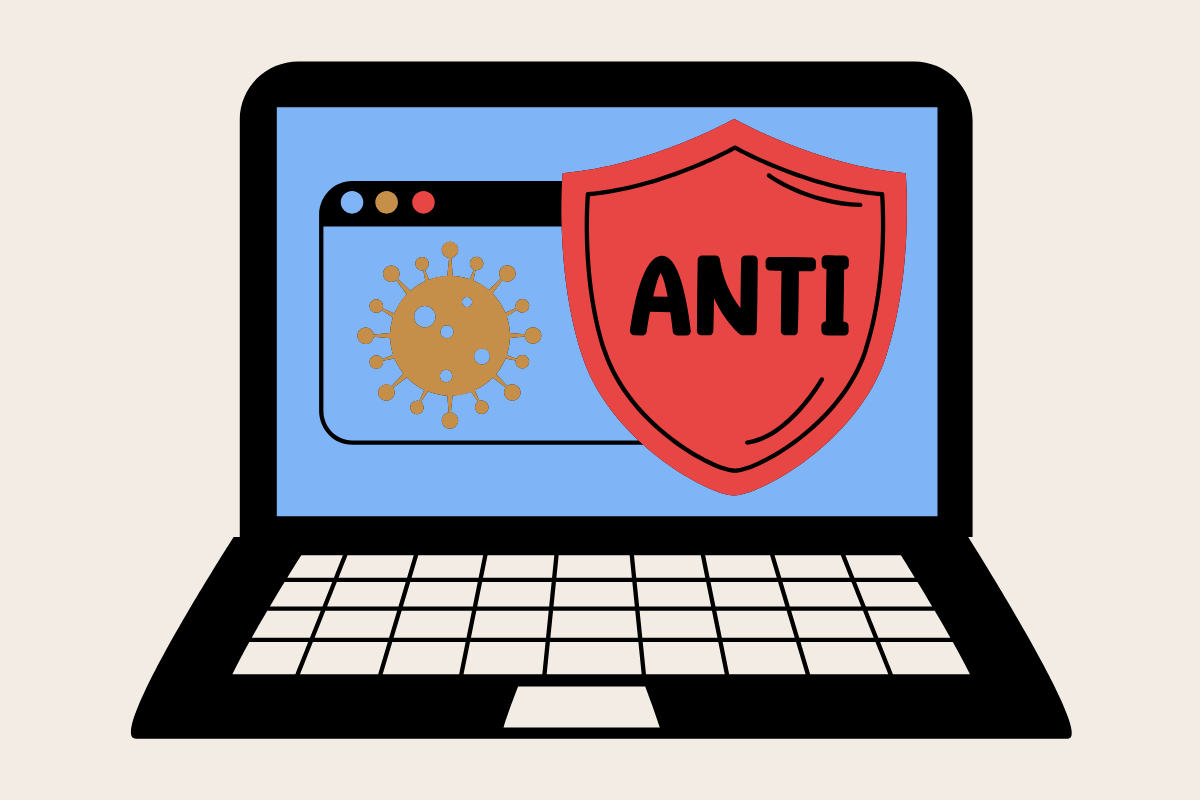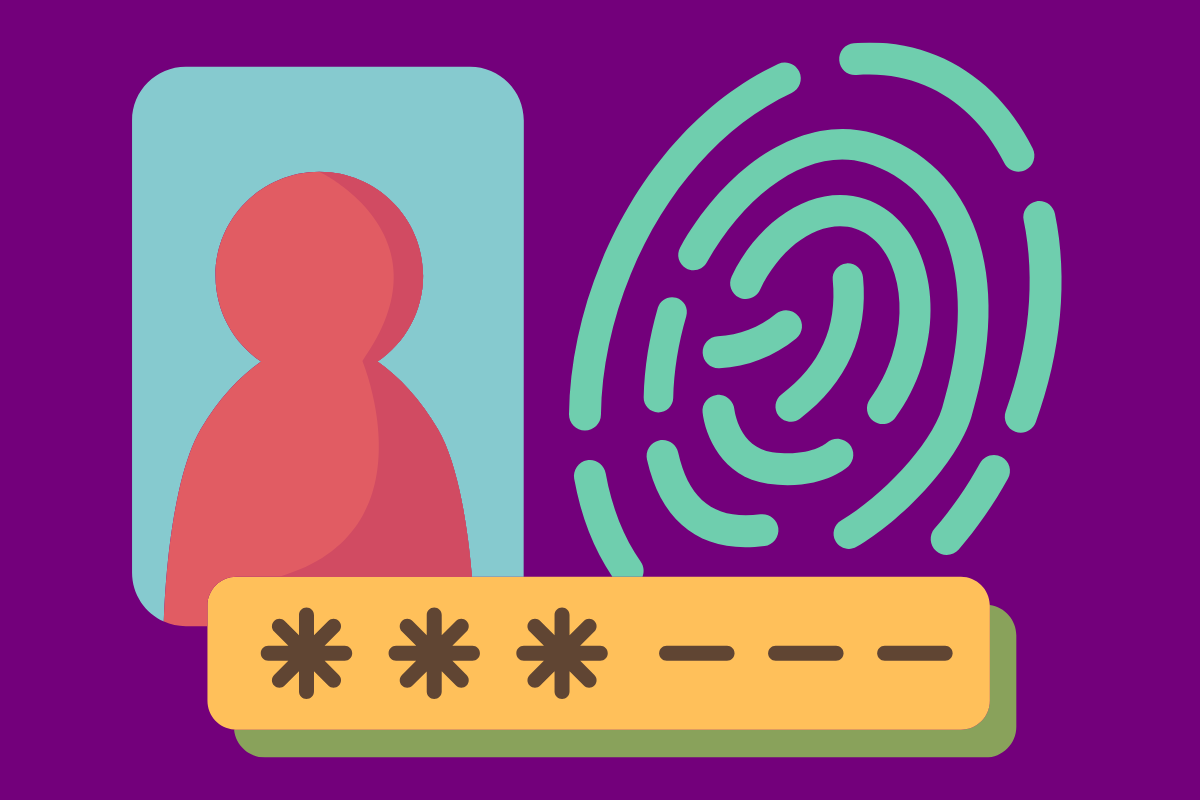Stop Cyber Criminals From Targeting Your Canadian Law Firm Today.
You log in on a Monday morning, ready to prepare for court. But something’s wrong: your case files won’t open, your inbox is frozen, and a message appears on your screen: “Your data has been encrypted. Pay $150,000 in Bitcoin or lose everything.”
You’re not the only one facing this crisis: before the hour is out, panic has set in across the firm. Staff can’t access systems, clients are soon calling nonstop, and your reputation is on the line. Your IT support wasn’t built for this type of crisis and now you’re stuck in damage control mode.
Unfortunately, this kind of breach isn’t rare. It’s happening to law firms across Canada, especially smaller practices that hackers see as high-value and under-defended. To stop an attack like this, you need to understand how it happens in the first place, and what steps you can take at each stage to prevent it.
Step One: Reconnaissance
Every successful attack starts with thorough preparation. Hackers begin by scanning your firm’s digital footprint. They look at your website, social media pages, lawyer bios, court filings, and even job postings. Their goal is to gather names, email formats, and technical details about your infrastructure. If you’re using outdated software or revealing too much online, you’re already helping them map out a strategy.
With that information, attackers create highly targeted phishing emails that look like client messages, legal notifications, or document sharing links. When someone clicks, it could give hackers access to login credentials, install malware, or open a backdoor into your systems.
Step Two: Initial Access
Once hackers have credentials or find a vulnerability, they move quickly, but quietly. They might log in through your VPN using stolen passwords, exploit an open Remote Desktop Protocol (RDP) port, or take advantage of unpatched software. From there, they establish a foothold and often install backdoors that let them come back, even after you’ve cleaned things up.
This stage is especially dangerous because it’s invisible. You won’t see warning signs unless you’re looking in the right places. Many firms don’t realize they’ve been breached until data starts disappearing or systems go down.
We help stop this kind of silent intrusion. We enforce two-factor authentication, close unused ports, apply security patches, and monitor for unusual login behaviour. By tightening access and reducing exposure, you make it harder for attackers to get in, and even harder to stay in.
Step Three: Lateral Movement
Once inside your network, hackers begin moving from one system to another in search of valuable data. They escalate privileges, collect additional credentials, and target high-value assets like case files, billing records, and executive email accounts. Their objective is to gain complete control of your environment before taking any noticeable action.
This phase can last days or even weeks. The longer they’re in, the more data they collect, and the more damage they can do when they strike. If your internal systems aren’t being monitored, you may not detect anything until it’s too late.
To catch this intrusion early, we use advanced endpoint detection tools that flag suspicious activity in real time. If someone accesses 500 files in an hour, logs in from an unknown location, or installs new tools without approval, we’re alerted, and we act.
Step Four: Data Exfiltration and Payload Deployment
Once hackers have what they need, they begin exporting your data to remote servers. These files are often encrypted during transfer to avoid detection. After exfiltration, they launch the final blow, which is usually ransomware. Your files are locked, your operations are halted, and the ransom demand follows. In many cases, attackers threaten to leak the stolen data if you don’t pay. This tactic, known as double extortion, is now common.
At this point, timing is everything. Every minute lost can make the attack harder to contain and more expensive to recover from. That’s why we build response plans in advance and set up systems that act fast. We isolate infected machines, stop file transfers in progress, and launch recovery protocols to restore clean data from secure backups.
Step Five: Re-Entry and Repeat Attacks
Even after recovery, the threat isn’t gone. Many attackers leave behind persistence tools, or hidden backdoors that let them return weeks or months later. Some firms get hit multiple times because they fail to fully remove these entry points or change security policies.
This is where ongoing protection is key. We run deep threat scans, audit your systems, and review every piece of infrastructure to ensure attackers haven’t left anything behind. We also help you report the breach if necessary and guide you through Canadian privacy requirements to avoid compliance penalties.
Why Law Firms Are Prime Targets
You’re dealing with confidential client information, sensitive legal documents, financial data, and sometimes even national security issues. That makes your firm a goldmine for cybercriminals. You’re also under pressure to respond quickly when systems fail, and hackers count on that urgency to force you into paying.
To make things riskier, Canadian firms are subject to strict data privacy laws. A single breach can trigger regulatory investigations, lawsuits, or disciplinary actions. If you’re not already prioritizing security, now is the time.
That’s why cybersecurity for Canadian law firms has to be more than antivirus software. You need real-time protection, tested backups, and a partner who knows how legal practices work.
What You Can Do Right Now
We recommend these immediate actions:
- Audit who has admin access across your systems
- Require two-factor authentication on all logins
- Train your staff to spot phishing emails
- Run regular backups and test them
- Close any unused remote access points
These steps reduce your risk and create a baseline for stronger security. We help you put them in place quickly, without disrupting your operations.
How We Help at Inderly
We provide managed IT services designed for law firms. That means proactive protection, fast support, and systems that actually work. You don’t need to become a security expert: we do that for you. Here’s what you get with us:
- 24/7 monitoring and real-time threat alerts
- Regular patching and software updates
- Secure, tested, and restorable backups
- Phishing protection and simulation training
- Rapid incident response and system recovery
- Compliance guidance tailored to Canadian privacy laws
Questions About Cybersecurity for Canadian Law Firms?
Hackers don’t care how long you’ve been in practice or how loyal your clients are. They care about access and payoff. If your systems are vulnerable, they’ll come for you. But with the right strategy (and the right partner), you can shut the door before they ever get in. If you’re ready to take your cybersecurity seriously, we’re ready to help.










